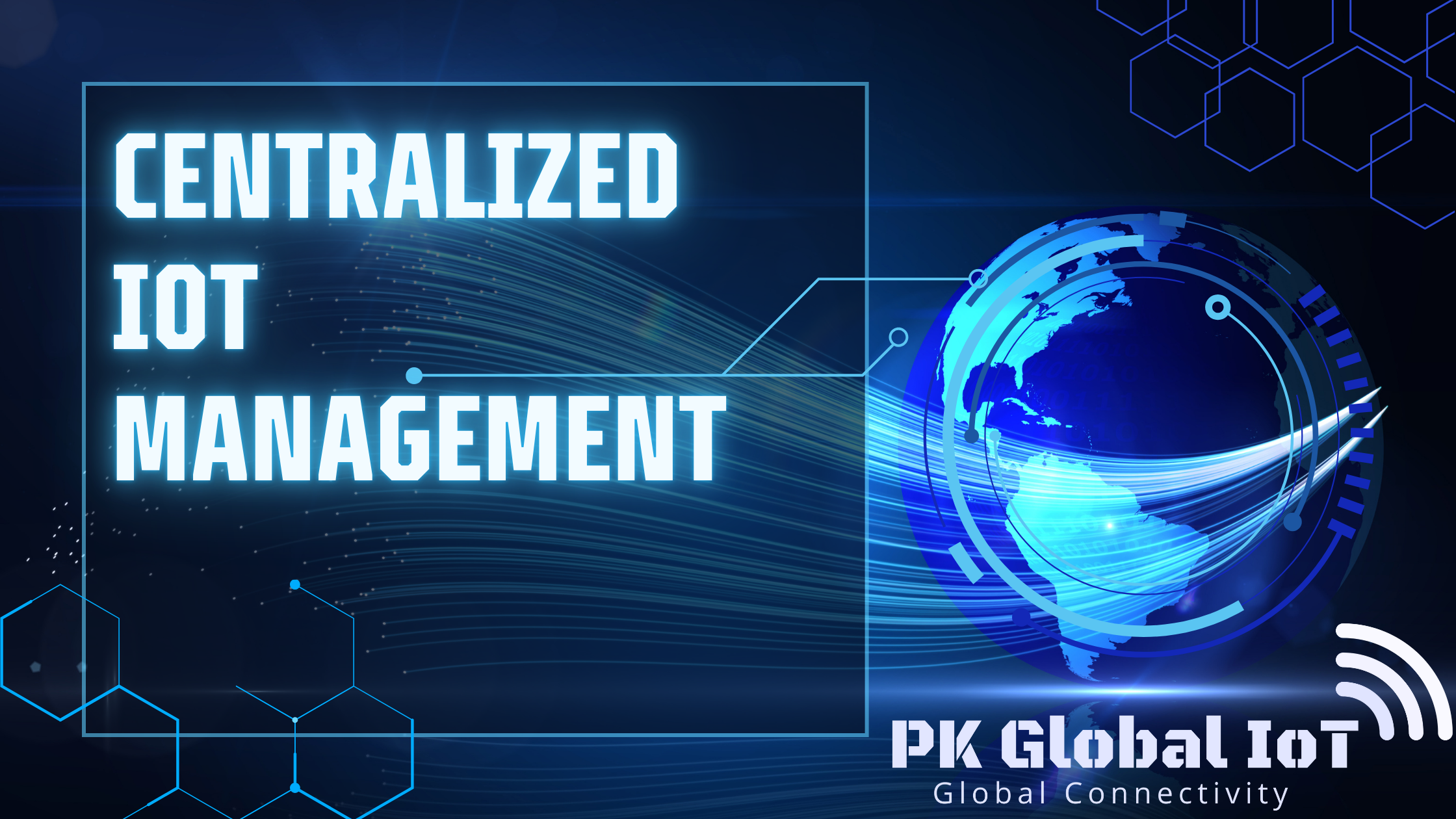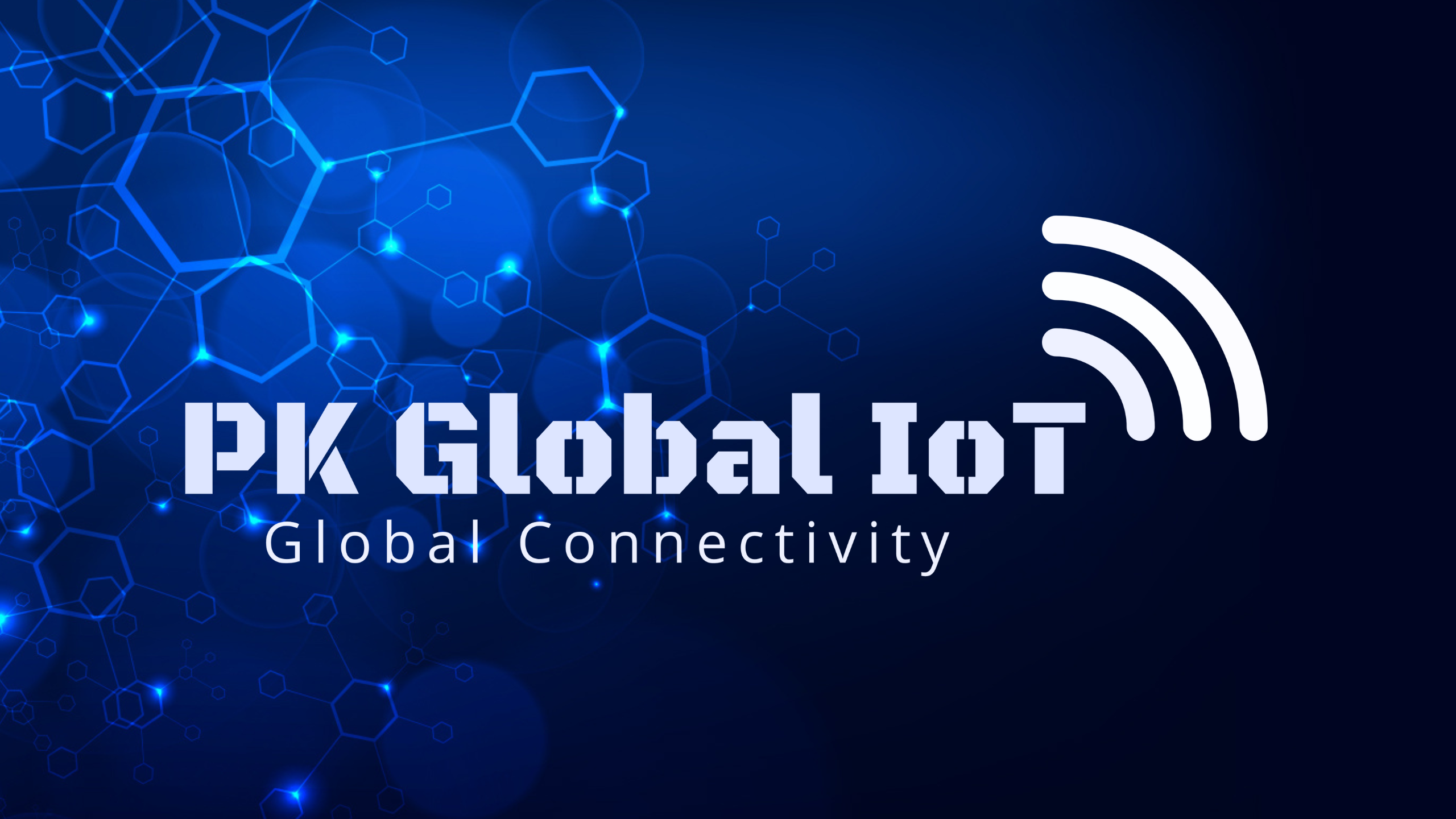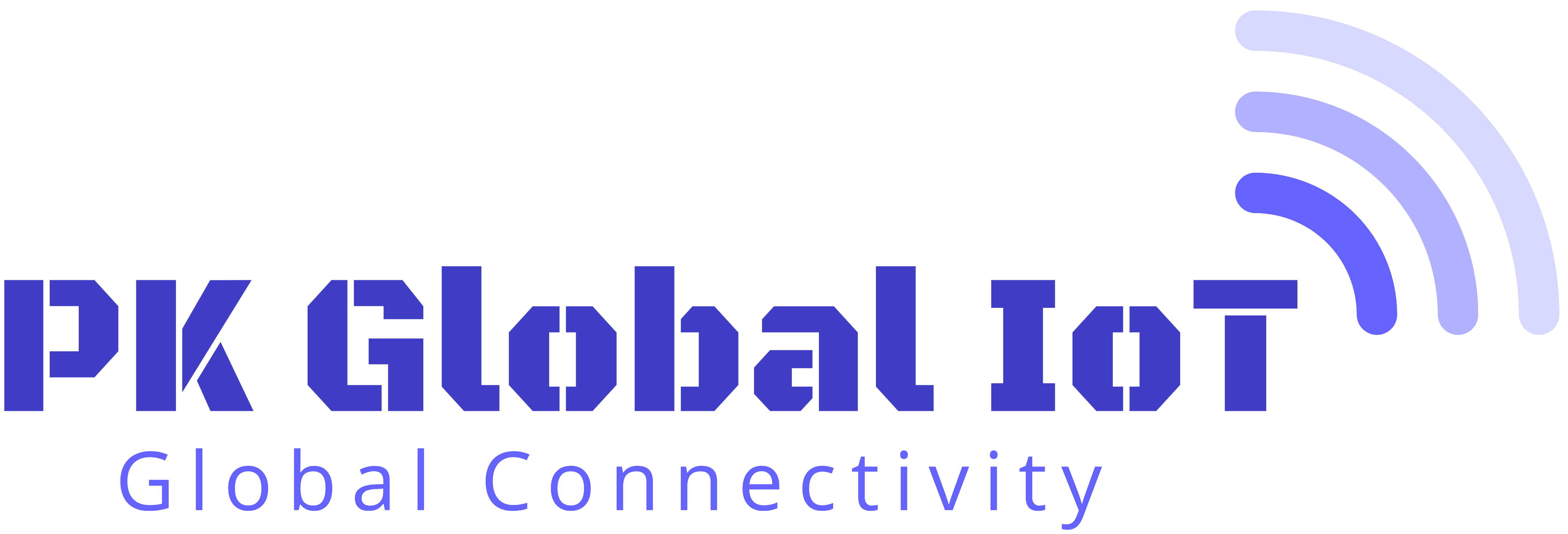In the ever-expanding landscape of the Internet of Things (IoT), where devices of all shapes and sizes are interconnected to facilitate seamless communication and automation, one technology stands out for its promise of scalability, efficiency, and reliability: Narrowband IoT (NB-IoT). As the demand for connected devices continues to soar across various industries, NB-IoT emerges as a game-changer, offering a robust solution for connecting millions of devices efficiently and cost-effectively. In this blog, we delve into the intricacies of NB-IoT connectivity, its applications, and the transformative impact it brings to the IoT ecosystem.
Understanding NB-IoT Connectivity
Narrowband IoT, often abbreviated as NB-IoT, is a Low-Power Wide-Area (LPWA) technology standard defined by the 3rd Generation Partnership Project (3GPP) to enable efficient communication between a wide range of IoT devices. It operates on licensed spectrum bands, ensuring interference-free communication and greater reliability compared to other LPWA technologies like LoRa or Sigfox.
NB-IoT is characterized by its low power consumption, extended coverage range, and support for a massive number of connections per cell. It utilizes narrowband frequency channels to transmit small data packets over long distances, making it ideal for applications requiring intermittent communication or operating in remote locations.
Applications and Use Cases
The versatility of NB-IoT connectivity opens up a plethora of applications across various sectors, revolutionizing industries and enhancing operational efficiency. Here are some prominent use cases:
- Smart Cities: NB-IoT enables cities to deploy a wide array of IoT sensors for monitoring air quality, traffic flow, waste management, and infrastructure health. These sensors can provide valuable data insights to city planners, helping them make informed decisions to improve urban living conditions.
- Industrial IoT (IIoT): In industrial settings, NB-IoT facilitates asset tracking, predictive maintenance, and remote monitoring of equipment and machinery. This ensures optimal performance, reduces downtime, and enhances overall productivity.
- Agriculture: NB-IoT sensors deployed in agricultural fields can monitor soil moisture levels, temperature, and humidity, enabling precision irrigation and crop management. Farmers can make data-driven decisions to optimize resource usage and maximize yields.
- Smart Metering: Utilities leverage NB-IoT for smart metering applications, enabling remote reading of water, gas, and electricity meters. This enhances billing accuracy, reduces operational costs, and empowers consumers to monitor and manage their energy consumption more efficiently.
- Healthcare: In healthcare, NB-IoT facilitates remote patient monitoring, medication adherence tracking, and asset management in hospitals. It enables healthcare providers to deliver personalized care, improve patient outcomes, and streamline operational workflows.
Benefits of NB-IoT Connectivity
The adoption of NB-IoT offers several key benefits that contribute to its widespread popularity:
- Low Power Consumption: NB-IoT devices can operate on battery power for extended periods, making them ideal for remote and low-maintenance applications.
- Wide Coverage Range: NB-IoT networks provide extensive coverage, reaching devices deployed in challenging environments or remote locations.
- Scalability: NB-IoT networks support a massive number of connections per cell, allowing for seamless scalability as the IoT ecosystem continues to expand.
- Security: With built-in encryption and authentication mechanisms, NB-IoT ensures secure communication between devices and network infrastructure, safeguarding data and privacy.
Conclusion
As we embark on the journey towards a more connected and digitized world, NB-IoT stands out as a cornerstone technology driving the IoT revolution. Its robust connectivity, coupled with low power consumption and scalability, makes it a preferred choice for a wide range of applications spanning across industries. As the deployment of NB-IoT networks continues to proliferate, we can expect to witness unprecedented innovation and transformation, unlocking new opportunities for businesses, governments, and society as a whole.





